#designevolution
Explore tagged Tumblr posts
Text

Transcending Boundaries: A Dialogue Between Postmodernism and Modernism
As the Austrian Travel Agency office stood proudly in Vienna, a testament to Hans Hollein's visionary architectural prowess, little did it know that its destiny would soon take it on a remarkable journey. Like a traveler drawn by the allure of distant lands, this emblem of postmodern design was about to embark on a voyage that would transcend time and space.
In a twist of fate, the Austrian Travel Agency found itself drawn to Barcelona, a city renowned for its architectural marvels, including the iconic Pavilion designed by Ludwig Mies van der Rohe. This pilgrimage of architecture was more than a mere relocation; it was a meeting of minds across epochs and styles.
As the Austrian Travel Agency set foot in Barcelona, it encountered the sleek lines and minimalist elegance of Mies's Pavilion. Here, in the heart of modernism, Hollein's postmodern creation found itself in a dialogue with its architectural predecessor. The contrast was striking yet harmonious, like a dance between past and present, tradition and innovation.
The journey from Vienna to Barcelona was not just a physical relocation but a spiritual convergence of architectural ideologies. Hollein's whimsical interpretation of space and form met Mies's rigorous rationalism, creating a dynamic tension that captivated the imagination.
In this meeting of postmodernism and modernism, perspectives shifted, boundaries blurred, and new possibilities emerged. The Austrian Travel Agency and Mies's Pavilion became intertwined in a narrative of architectural evolution, each enriching the other with its distinct vision and voice.
As visitors wandered through the labyrinthine corridors of the Austrian Travel Agency, they were transported not only to distant destinations but also through the corridors of architectural history. Here, postmodern whimsy mingled with modernist restraint, creating an immersive experience that transcended time and place.
In the end, the journey from Vienna to Barcelona was more than just a physical relocation of a building; it was a pilgrimage of architecture, a testament to the power of design to transcend boundaries and unite disparate worlds. In the meeting of Hollein's postmodernism and Mies's modernism, a new chapter in architectural history was written—one that celebrated diversity, innovation, and the timeless quest for beauty.
#ArchitecturalDialogue#PostmodernMeetsModern#TranscendingBoundaries#ArchitecturalJourney#DesignEvolution#ViennaToBarcelona#HolleinMeetsMies#ArchitecturalHarmony#BuildingNarratives#ArchitecturalPilgrimage#architecture#berlin#area#london#acme#chicago#puzzle#edwin lutyens#massimoscolari#oma
3 notes
·
View notes
Text
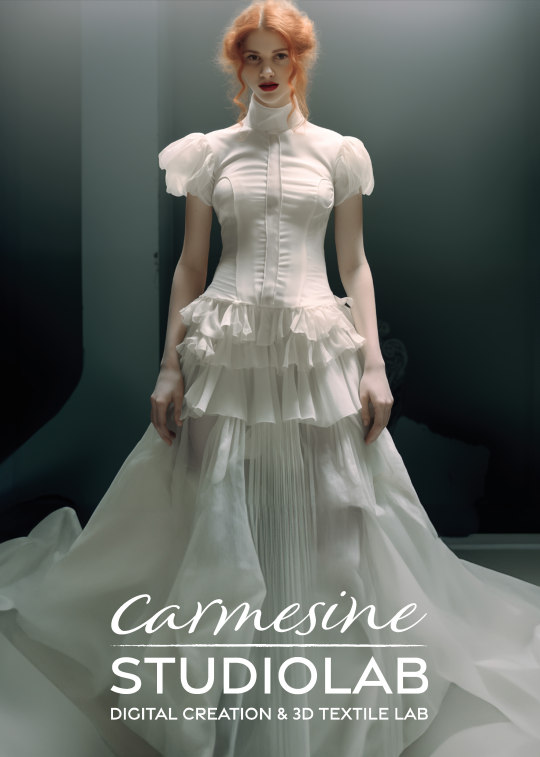
Our 3D design agency has just relaunched its website with a fresh new look and updated content. Check out at www.carmesine.com
3 notes
·
View notes
Link
0 notes
Text
Jaguar E-Type: The Most Beautiful Car Ever, And Is Type 00 a Worthy Successor?
If you ask a roomful of car enthusiasts or Enzo Ferrari himself – what’s the most beautiful car ever made, the answer rings out nearly every time: the Jaguar E-Type. When it roared onto the scene in 1961, its impossibly long hood, seductive curves, and perfect proportions captured hearts and headlines alike. More than sixty years later, the E-Type is still the benchmark of automotive beauty. But…
#AutomotiveHistory#CarBlog#CarDesign#CarEnthusiast#ClassicCars#DesignEvolution#DesignIcon#ElectricCars#FutureOfCars#Jaguar#JaguarEType#JaguarType00#TimelessDesign
0 notes
Text






From wires to wow. Just details, depth, and design — nothing ordinary.
#3DVisualArt#InteriorDesignRender#CGIMagic#DesignEvolution#RenderLikeAPro#3DArtistLife#ArchVizDaily#VisualCraft#LuxuryInteriors#DigitalDesign
0 notes
Text

The Evolution of Web Design: From Static to Dynamic
Ever wondered how far the web has come since the early days? 👀
From plain HTML pages with blue links and Times New Roman fonts… To today’s interactive, responsive, and animated web experiences— Web design has been on one wild ride. 🚀
This infographic breaks it down—from the pixelated past to the sleek, dynamic present. Whether you’re a design nerd, a dev, or just someone who loves a good glow-up, you’ll find this evolution fascinating.
📲 Check it out and let us know: Which era of web design do you secretly miss (or wish you could forget)?
#WebDesign#WebDevHistory#UXDesign#FrontendDevelopment#DesignEvolution#DigitalDesign#StaticToDynamic#UIUX#CreativeTech#TechGlowUp
0 notes
Text
The Yellow Smiley Happy Face Symbol | In History
FYI: http://dlvr.it/TK55pQ
0 notes
Text

UX Design | Then vs. Now
It’s wild to see how far UX design has come—from clunky interfaces and guesswork to user-centered design and intuitive flows. Back then, “good design” meant it worked. Now, it means it works beautifully and effortlessly.
This infographic breaks it all down: 👀 What used to matter vs. what matters now 🖱️ From static screens to dynamic, responsive experiences 📱 How tech, users, and expectations have evolved over time
Whether you're a seasoned designer or just UX-curious, this is a cool reminder of how design keeps growing with us.
👉 Check it out and tell us what’s changed the most for you!
#UXDesign#UserExperience#DesignEvolution#UIUX#DesignTrends#ProductDesign#HumanCenteredDesign#UXThenVsNow#DesignInspo#DigitalDesign
1 note
·
View note
Text
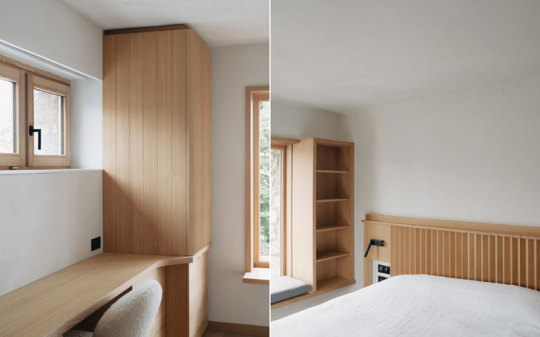
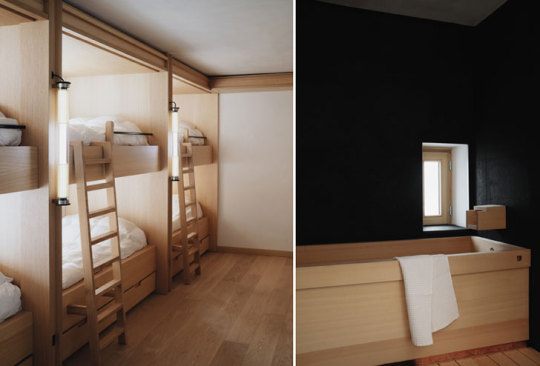
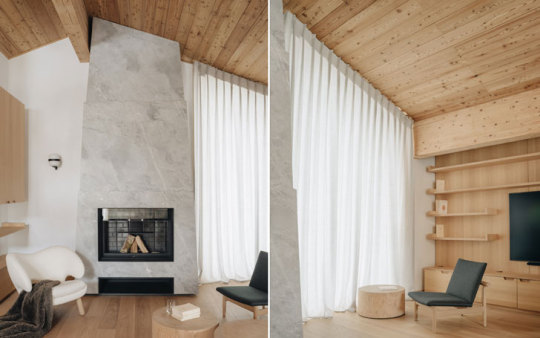
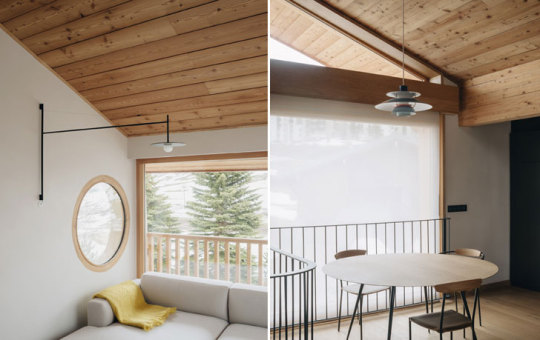
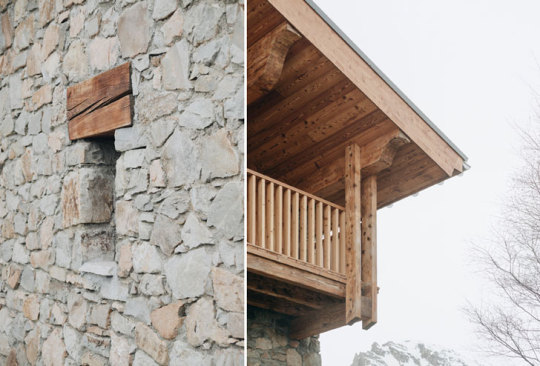
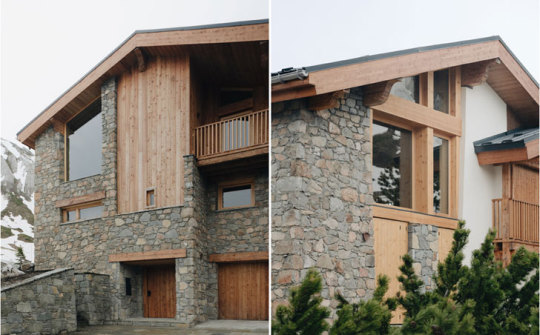
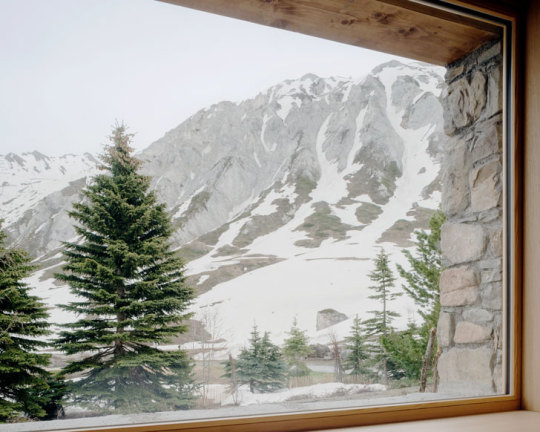
From Brutalist Past to Cosy Retreat: The Evolution of an All-Concrete Ski Chalet| Studio Razavi + Partners
Studio Razavi Architects transforms a 1980s concrete chalet in the French Alps, balancing heritage with innovation. A careful interplay of structure, patina, and craftsmanship creates a seamless dialogue between past and present. https://www.indiaartndesign.com/from-brutalist-past-to-cosy-retreat-the-evolution-of-an-all-concrete-ski-chalet-studio-razavi-partners/
#ChaletDesign#AlpineArchitecture#StudioRazavi#DesignEvolution#SkiRetreat#refurbishment#allconcretestructure
0 notes
Text
WOII Compulsory: Week 5 & 6 - Design Analysis and Field Trip
Week 5 (170 words) In today’s session, we focused on the significance of materiality and craftsmanship in design. I brought three personal items: my stainless steel necklace, my fan, and my water bottle. The necklace, worn daily for over three years, has become a part of my identity, representing durability and resilience. Similarly, my fan, customized with a Hachiware sticker, is highly functional, providing strong airflow, while my water bottle, adorned with a lucky charm from Osaka, reflects my personal belief system. These objects highlight the importance of materials and craftsmanship, elevating the functionality of each item. Applying the “How Design Means” framework, I observed that these objects communicate more than just their utilitarian purpose, they reflect aspects of my identity, echoing class discussions on how design can be both practical and emotionally significant (Chandler 87). This reinforces how objects in our daily lives can transcend utility, serving as personal symbols of memory and connection.
Week 6 (160 words) During the Kampong Gelam field trip, I documented various works of design that embody the theme of cultural transformation through materiality and identity. I observed three works that blend tradition with modernity: traditional painted bowls and plates, a mural depicting old Kampong Gelam, and graffiti tags on a nearby wall. Despite their contrasting styles, these works form an interesting grouping under the theme of “Memory and Transformation.” The painted bowls and plates, with their intricate designs, are steeped in cultural tradition, representing continuity and heritage. The mural, showcasing a nostalgic image of Kampong Gelam, reflects the transformation of the district, acting as a collective memory. In contrast, the graffiti tags, often rebellious and transient, symbolize change, voicing the new generation’s sentiments. This juxtaposition of past and present highlights the evolving identity of Kampong Gelam, illustrating how design encapsulates memory, protest, and transformation (Berger 102; Barthes 65). These objects serve as powerful symbols of the district’s social and historical context.
Total Word Count: 330 Words



------------------------------------------------------------------------------
Works Cited
Barthes, Roland. Image Music Text. Fontana Press, 1977.
Berger, John. Ways of Seeing. Penguin Books, 1972.
Chandler, Daniel. Semiotics: The Basics. Routledge, 2002.
------------------------------------------------------------------------------
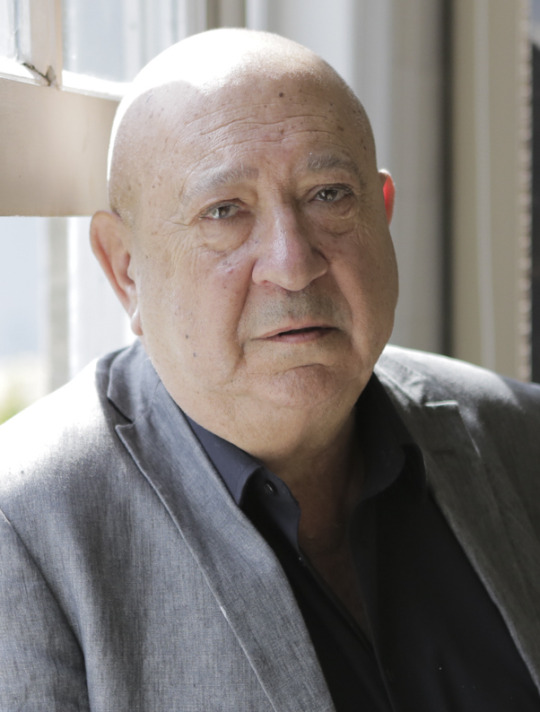

The Children of Dijon, 1986

"No Man's Land" (2005)

"Personnes" (2010)
#TransformationInDesign#MemoryInArt#DesignAndMemory#KampongGelam#CulturalIdentity#MaterialityInDesign#MemoryThroughMaterial#HistoryAndDesign#ContemporaryArt#DesignEvolution#HeritageAndModernity#ArtAndCraftsmanship#DesignAsStorytelling#MemoryAndPlace#CulturalTransformation#SocialHistoryInArt#CulturalNarratives#PersonalIdentityInDesign#DesignReflections#DesignForChange#MemoryInUrbanSpaces#KampongGelamDistrict#ArtAsProtest#CraftAndTradition#TransformationThroughArt#NostalgiaInDesign#ArtAndPlace#DesigningThePast#DesignInContext#SocialContextInDesign
0 notes
Text

From classic to cutting-edge, Jaguar’s logo keeps roaring into the future. 🐆✨
Check out how the brand’s redesign is shaping its iconic identity. https://www.designmantic.com/blog/jaguar-new-logo/
0 notes
Text
Explore the evolution of graphic design websites and their profound impact on the design industry. This guide delves into the transformation of web design, from early static pages to modern interactive, responsive layouts. Learn how advancements in technology, user experience, and design trends have shaped the way graphic designers approach website creation, and understand how these changes influence both the creative process and user engagement.
#GraphicDesign#WebDesign#DesignEvolution#WebsiteDesign#UXDesign#ResponsiveDesign#UserExperience#WebDevelopment#DesignTrends#CreativeProcess
1 note
·
View note
Link
#Braziliandesign#contemporarydecor#craftsmanship#designevolution#designphilosophy#designshowroom#eco-friendlyproduction#environmentalimpact#functionalaesthetics#futureofdesign#GuilhermeWentz#homeaccessories#innovativelighting#isolatedcreativity#minimalistdesign#Modernfurniture#oceanplasticrecycling#recycledaluminum#SaoPaulo#silenceandinspiration#sustainablematerials#Tubochair#visualidentity#We-Knittechnology
0 notes
Text

Continuity in Architecture: Richard Mountford Pigott's Reflections on the European Architectural Family
Richard Mountford Pigott's exploration of the European architectural family, particularly through the lens of Peter Behrens and his proteges, offers a fascinating narrative that transcends geographical boundaries. While Behrens, Gropius, Mies van der Rohe, and Le Corbusier left an indelible mark on European architecture, Pigott's work suggests that their influence extended beyond the continent, resonating even in the UK.
In Pigott's analysis, the architectural legacy of Behrens and his protégés is not merely a historical footnote but a living tradition that continues to shape contemporary architectural practices. Through projects like Moffatt Court in Wimbledon, Ox in Flames in Farnborough, and Admiral's Walk in Bournemouth, Pigott channels the spirit of these influential figures, imbuing his work with their design principles and philosophical underpinnings.
Just as Behrens served as a father figure to Gropius, Mies van der Rohe, and Le Corbusier, Pigott finds a similar mentorship in E.W. Mountford. This familial connection underscores the notion of architecture as a lineage, where ideas and approaches are passed down from one generation to the next. Pigott's homage to Behrens and his disciples reflects a deep respect for their contributions to modern architecture and design, while also asserting his own creative voice within this rich tradition.
Moreover, Pigott's exploration of the European architectural family speaks to the broader concept of architectural lineage, wherein practices nurture and mentor emerging talents before sending them out into the world. This narrative of mentorship and influence echoes throughout architectural history, highlighting the interconnectedness of ideas and the enduring impact of visionary thinkers like Behrens and his protégés.
Overall, Pigott's analysis offers a compelling perspective on the intergenerational dialogue within architecture, emphasizing the continuity of ideas and the ongoing evolution of design principles across time and place. Through his work, Pigott pays homage to the European architectural family while carving out his own distinct place within its storied lineage.
#ArchitecturalContinuity#EuropeanArchitecture#LegacyOfInfluence#ArchitecturalLineage#PeterBehrens#RichardMountfordPigott#ArchitecturalTradition#MentorshipInDesign#ArchitecturalInfluence#DesignEvolution
0 notes
Text
#DesignYourWeb#PixelPerfectDesign#WebWonder#CreativeCoding#DesignInspiration#CraftingDigitalBeauty#ArtOfWebDesign#CodeAndCreate#ResponsiveDesign#InnovateWeb#UXMastery#VisualWeb#DesignInMotion#WebWizardry#DesignEvolution#Mississauga#Ontario#Toronto#Canada#Ottawa#Calgary#Montreal#Vancouver#Edmonton
1 note
·
View note
Text
Dive into a world of possibilities with the best unlimited graphic design service. Elevate your brand consistently with a monthly subscription that ensures quality without breaking the bank.
0 notes